

Articles
How To Store Mac And Cheese
Modified: December 7, 2023
Looking for articles on how to store mac and cheese? Learn the best methods and tips for properly storing your favorite cheesy dish for later enjoyment.
(Many of the links in this article redirect to a specific reviewed product. Your purchase of these products through affiliate links helps to generate commission for Storables.com, at no extra cost. Learn more)
Introduction
Welcome to the delicious world of mac and cheese! This classic comfort food has been a favorite for generations, with its creamy pasta and cheesy goodness. Whether you make it from scratch or use a convenient boxed mix, mac and cheese is a crowd-pleaser that can be enjoyed by kids and adults alike.
But what happens when you have leftover mac and cheese? Maybe you made a big batch for a family gathering or simply cooked too much for dinner. Fear not, because storing mac and cheese is a breeze if you know the right techniques. In this article, we will guide you through everything you need to know about storing mac and cheese to ensure its freshness and flavor.
First things first, let’s talk about choosing the right mac and cheese to store. If you are using a boxed mix, be sure to follow the instructions carefully and choose a brand that has a good reputation for its flavor and texture. Alternatively, if you prefer making your own mac and cheese from scratch, opt for a recipe that yields a creamy and cheesy result.
Once you have your delicious mac and cheese ready, the next step is to understand how to store it properly. Whether you have cooked mac and cheese or uncooked leftovers, there are specific methods to keep it fresh and tasty for as long as possible. Let’s explore each of these methods in detail.
Key Takeaways:
- Store cooked mac and cheese in airtight containers, label with date, and refrigerate promptly. Reheat using oven, microwave, or stovetop for a delicious meal anytime.
- Freeze mac and cheese in portions, label with date, and thaw in the refrigerator before reheating. Enjoy the convenience of a quick and tasty meal.
Read more: How To Store Homemade Mac And Cheese
Choosing the Right Mac and Cheese
When it comes to mac and cheese, there are various options available in the market. From boxed mixes to homemade recipes, choosing the right mac and cheese is essential for a delicious and satisfying meal. Here are some tips to help you make the best choice:
- Consider your preference: Think about the type of mac and cheese you enjoy the most. Are you a fan of the classic cheddar cheese flavor or do you prefer a more adventurous blend? Consider your taste preferences when selecting a mac and cheese brand or recipe.
- Read reviews: If you’re opting for a boxed mac and cheese, take the time to read reviews and ratings online. This can give you an idea of the flavor, texture, and overall quality of the product. Look for brands that consistently receive positive feedback.
- Check the ingredients: Take a close look at the ingredients list. Opt for mac and cheese products that use real cheese rather than processed cheese powders. This will ensure a richer flavor and a creamier texture.
- Consider dietary restrictions: If you have dietary restrictions or preferences, such as being lactose intolerant or following a vegan diet, there are mac and cheese options available to suit your needs. Look for brands that offer dairy-free or plant-based alternatives.
- Experiment with homemade recipes: If you have the time and inclination, why not try making your mac and cheese from scratch? There are countless recipes available online, allowing you to customize the ingredients and flavors to suit your taste.
Remember, the key is to choose a mac and cheese that you truly enjoy. This will ensure that you’re storing and consuming a dish that brings you pleasure every time you indulge in it.
Storing Cooked Mac and Cheese
So, you’ve enjoyed a delicious meal of mac and cheese, but now you’re left with some leftovers. Don’t fret! Storing cooked mac and cheese is simple if you follow these guidelines:
- Cool it down: Before storing the mac and cheese, allow it to cool down to room temperature. This helps prevent the growth of bacteria and maintains the integrity of the dish.
- Portion it out: Divide the mac and cheese into individual or family-sized portions. This makes it easier to store and reheat later, without having to defrost the entire batch.
- Choose the right containers: Use airtight containers or storage bags to keep your mac and cheese fresh. This helps prevent any moisture loss or absorption that may affect the texture and taste.
- Label and date: Don’t forget to label each container with the date of storage. This will help you keep track of freshness and ensure you consume the mac and cheese within a reasonable timeframe.
- Refrigerate promptly: Place the containers of mac and cheese in the refrigerator as soon as possible after cooking. The recommended storage time for cooked mac and cheese in the fridge is around 3-5 days.
When it’s time to enjoy your stored mac and cheese, follow these reheating instructions:
- Oven: Preheat your oven to 350°F (175°C). Place the mac and cheese in an oven-safe dish, cover it with foil, and bake for about 15-20 minutes or until heated through.
- Microwave: Transfer the mac and cheese to a microwave-safe dish. Loosely cover it with a microwave-safe lid or plastic wrap to prevent splattering, and microwave on high for 1-2 minutes. Stir the mac and cheese halfway through the heating process.
- Stovetop: Heat a non-stick skillet over medium heat and add a splash of milk or water. When the liquid is hot, add the mac and cheese and stir occasionally until heated all the way through.
Remember, always ensure that the mac and cheese is piping hot before consuming. Discard any leftovers that have been left at room temperature for more than 2 hours to avoid the risk of foodborne illnesses.
Storing Uncooked Mac and Cheese
If you find yourself with uncooked mac and cheese that you’d like to store for later, here’s what you need to know:
- Keep it sealed: Leave the mac and cheese in its original packaging or transfer it to an airtight container or resealable bag. This will help maintain its freshness and prevent any moisture or odor from seeping in.
- Date it: Write the date of purchase or expiration on the packaging. This will help you keep track of the mac and cheese’s shelf life and avoid consuming it after it has passed its best-before date.
- Store in a cool, dry place: Find a cool and dry spot in your pantry or kitchen cabinet to store the uncooked mac and cheese. Avoid areas that are exposed to heat or direct sunlight, as these can accelerate the degradation of the product.
- Follow instructions for storage: If the mac and cheese package includes specific storage instructions, be sure to follow them accordingly. This will help preserve the quality and flavor of the product.
- Check for signs of spoilage: Before cooking the stored mac and cheese, check for any signs of spoilage, such as an off odor, mold growth, or unusual discoloration. If you notice any of these signs, discard the product immediately.
When you’re ready to cook the stored mac and cheese, follow the instructions provided on the packaging. This usually involves boiling the pasta, preparing the cheese sauce, and combining the two for a delicious and creamy result.
Keep in mind that the storage duration of uncooked mac and cheese may vary depending on the brand and specific product. Refer to the instructions or manufacturer’s recommendations for more precise guidance on how long it can be safely stored.
By following these guidelines, you can enjoy a delicious bowl of mac and cheese whenever the craving strikes, even if it’s weeks or months after you’ve initially purchased it.
To store mac and cheese, transfer leftovers to an airtight container and refrigerate for up to 3-5 days. Reheat in the microwave or oven with a splash of milk to keep it creamy.
Freezing Mac and Cheese
Freezing mac and cheese is a great option if you have a large batch or want to prepare meals in advance. Here are the steps to successfully freeze mac and cheese:
- Cool it down: Allow the mac and cheese to cool completely before freezing. This prevents steam from forming ice crystals and ensures a better texture upon thawing.
- Portion it out: Divide the mac and cheese into individual or family-sized portions. This makes it easier to thaw and heat only the amount you need.
- Choose freezer-safe containers: Use airtight, freezer-safe containers or heavy-duty freezer bags for storage. Remove any excess air from the bags before sealing them to prevent freezer burn.
- Label and date: Clearly label each container with the date of freezing. This helps you keep track of the storage time and ensures you consume the mac and cheese within the recommended timeframe.
- Freeze promptly: Place the containers or bags of mac and cheese in the freezer as soon as possible after they have been properly sealed. The recommended freezer storage time for mac and cheese is around 2-3 months.
To thaw and reheat frozen mac and cheese, follow these steps:
- Thaw in the refrigerator: Transfer the frozen mac and cheese from the freezer to the refrigerator and allow it to defrost slowly overnight. This ensures even thawing while maintaining the quality of the dish.
- Reheat in the oven: Preheat your oven to 350°F (175°C). Place the mac and cheese in an oven-safe dish, cover it with foil, and bake for about 20-30 minutes or until heated through.
- Reheat in the microwave: Transfer the mac and cheese to a microwave-safe dish. Loosely cover it with a microwave-safe lid or plastic wrap to prevent splattering, and microwave on high for 1-2 minutes. Stir the mac and cheese halfway through the reheating process.
- Reheat on the stovetop: Heat a non-stick skillet over medium heat and add a splash of milk or water. When the liquid is hot, add the thawed mac and cheese and stir occasionally until heated all the way through.
It’s important to note that reheating frozen mac and cheese may result in a slightly different texture compared to freshly made. However, with proper thawing and reheating techniques, you can enjoy a tasty meal that is almost as good as the original.
Remember, once the mac and cheese has been thawed and reheated, do not refreeze it. Consume any leftovers within a couple of days to ensure optimal taste and quality.
Read more: How To Store Mac And Cheese Overnight
Reheating Mac and Cheese
When it comes to reheating mac and cheese, there are a few methods you can choose from depending on your preference and the equipment available to you. Here are some popular ways to reheat mac and cheese:
- Oven: Preheat your oven to 350°F (175°C). Transfer the mac and cheese to an oven-safe dish and cover it with foil to prevent drying. Place the dish in the oven and bake for about 20-30 minutes, or until the mac and cheese is heated through.
- Microwave: Transfer the mac and cheese to a microwave-safe dish. Cover it with a microwave-safe lid or plastic wrap, making sure to leave a small vent to allow steam to escape. Microwave on high for 1-2 minutes, then give it a stir. Continue microwaving in short intervals until the mac and cheese is hot and bubbly.
- Stovetop: Heat a non-stick skillet over medium heat. Add a splash of milk or water to the skillet, followed by the mac and cheese. Stir occasionally, breaking up any clumps, until heated through. This method allows for a quick and even reheating process.
- Broiler: Transfer the mac and cheese to an oven-safe dish and place it under the broiler for a few minutes. Watch it closely to prevent burning, as this method can quickly heat and brown the top layer of cheese for a delicious crispy finish.
Regardless of the method you choose, it’s important to keep an eye on the mac and cheese as it reheats to prevent overcooking or drying out. Stirring occasionally during the reheating process helps to distribute heat evenly and maintain a creamy consistency.
Remember, avoiding double-dipping is important to maintain the safety and quality of reheated mac and cheese. Once you have reheated a portion, do not put it back with the remaining mac and cheese, as it may introduce bacteria or compromise the overall texture.
With these reheating methods, you can enjoy the leftover mac and cheese without sacrificing its taste and texture. Just remember that reheating may slightly alter the original dish, so it’s best to consume it as soon as possible after reheating for the best flavor and consistency.
Tips and Tricks for Storing Mac and Cheese
To ensure that your mac and cheese stays fresh, flavorful, and safe to consume, here are some helpful tips and tricks for storing it:
- Refrigerate promptly: After cooking or serving mac and cheese, refrigerate any leftovers promptly. Bacteria can grow rapidly at room temperature, so it’s important to store it in the refrigerator within two hours of preparation.
- Divide into smaller portions: Consider portioning your mac and cheese into individual or family-sized servings before storing. This way, you can defrost and reheat only the amount you need, minimizing waste.
- Use airtight containers: Opt for airtight containers or storage bags with secure seals to prevent air and moisture from getting in. This helps maintain the texture and flavor of the mac and cheese.
- Remove excess air: If using storage bags, squeeze out as much air as possible before sealing them. This reduces the risk of freezer burn and helps preserve the quality of the mac and cheese during freezing.
- Label and date: Don’t forget to label each container or bag with the date of storage. This helps you keep track of the freshness and prevents you from consuming mac and cheese that has been stored for too long.
- Arrange properly in the freezer: When freezing mac and cheese, stack the containers or bags neatly to maximize space. You can also lay them flat to save on storage and make it easier to thaw them later.
- Store away from strong odors: Keep your stored mac and cheese away from strong-smelling foods in the refrigerator or freezer. This helps prevent any odors from transferring and affecting the taste of the mac and cheese.
- Rotate your stash: If you regularly freeze mac and cheese, practice a “first in, first out” inventory method. This means using older batches before newer ones to ensure they’re consumed before their quality declines.
- Don’t freeze creamy toppings: If your mac and cheese has creamy toppings like breadcrumbs or cheese sauce, it’s best to add them after reheating. Freezing can alter their texture and make them less enjoyable.
- Monitor storage times: Keep track of the recommended storage times for cooked, uncooked, and frozen mac and cheese. This ensures that you consume it within safe and optimal timeframes for the best taste and quality.
By following these tips and tricks, you can effectively store mac and cheese while preserving its deliciousness for future meals. Whether you’re dealing with leftovers or preparing in advance, proper storage techniques will ensure that you always have a tasty mac and cheese on hand.
Conclusion
Mac and cheese is a comforting and versatile dish that can easily be stored for later enjoyment. Whether you have cooked leftovers or uncooked mac and cheese, proper storage techniques will help maintain its freshness and flavor.
When storing cooked mac and cheese, be sure to cool it down, portion it out, use airtight containers, and refrigerate promptly. Labeling and dating the containers will help you keep track of freshness and discard any leftovers that have been stored for too long. Reheating the cooked mac and cheese is a breeze using methods such as the oven, microwave, or stovetop.
For uncooked mac and cheese, keep it sealed in its original packaging or transfer it to airtight containers. Store it in a cool, dry place and always check the expiration date. When ready to cook, follow the instructions provided by the brand or recipe you’re using.
Freezing mac and cheese is a convenient option that allows you to have a quick and easy meal on hand. Cool the mac and cheese, portion it out, use freezer-safe containers, and label them with the date of freezing. Thaw frozen mac and cheese in the refrigerator before reheating using methods like the oven, microwave, or stovetop.
Remember to follow food safety guidelines and discard any mac and cheese that shows signs of spoilage or has been left at room temperature for more than two hours.
With these tips and tricks in mind, you can confidently store and reheat mac and cheese while maintaining its taste and quality. So, whether you’re enjoying it as a midweek comfort meal or saving it for a future gathering, your mac and cheese will always be a delicious treat.
Frequently Asked Questions about How To Store Mac And Cheese
Was this page helpful?
At Storables.com, we guarantee accurate and reliable information. Our content, validated by Expert Board Contributors, is crafted following stringent Editorial Policies. We're committed to providing you with well-researched, expert-backed insights for all your informational needs.
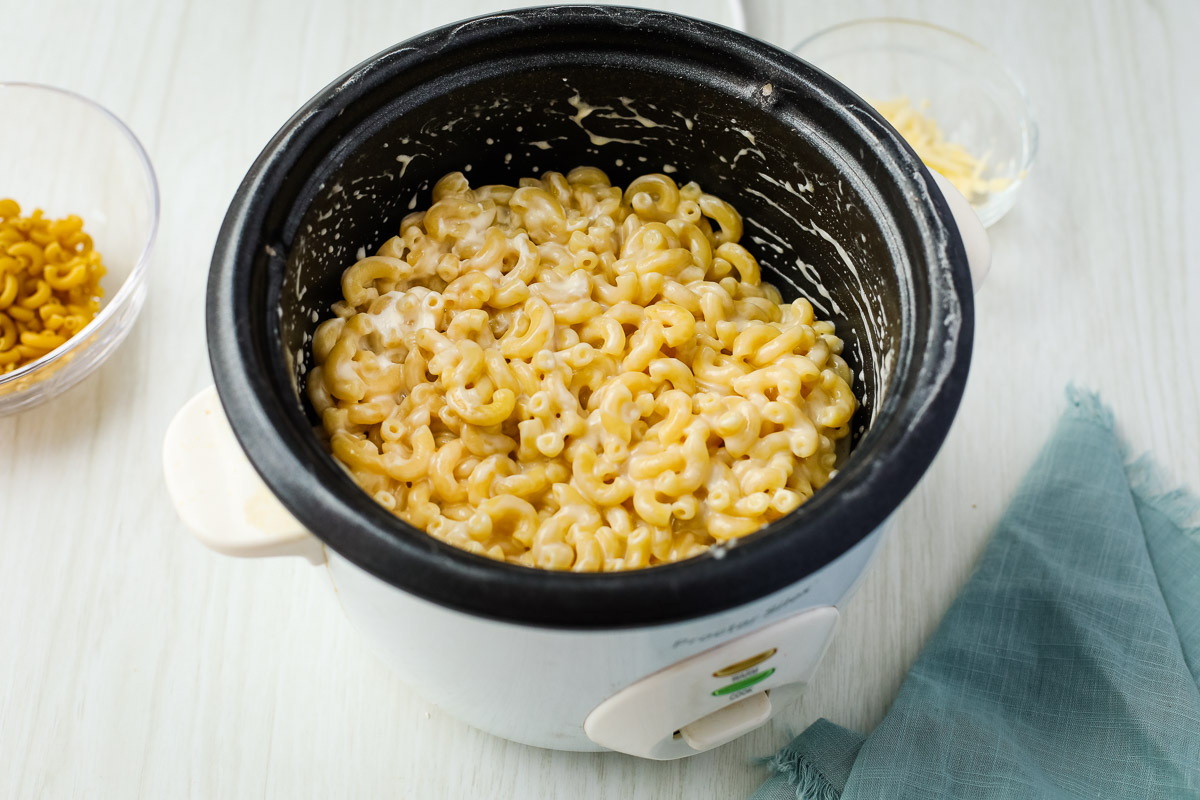

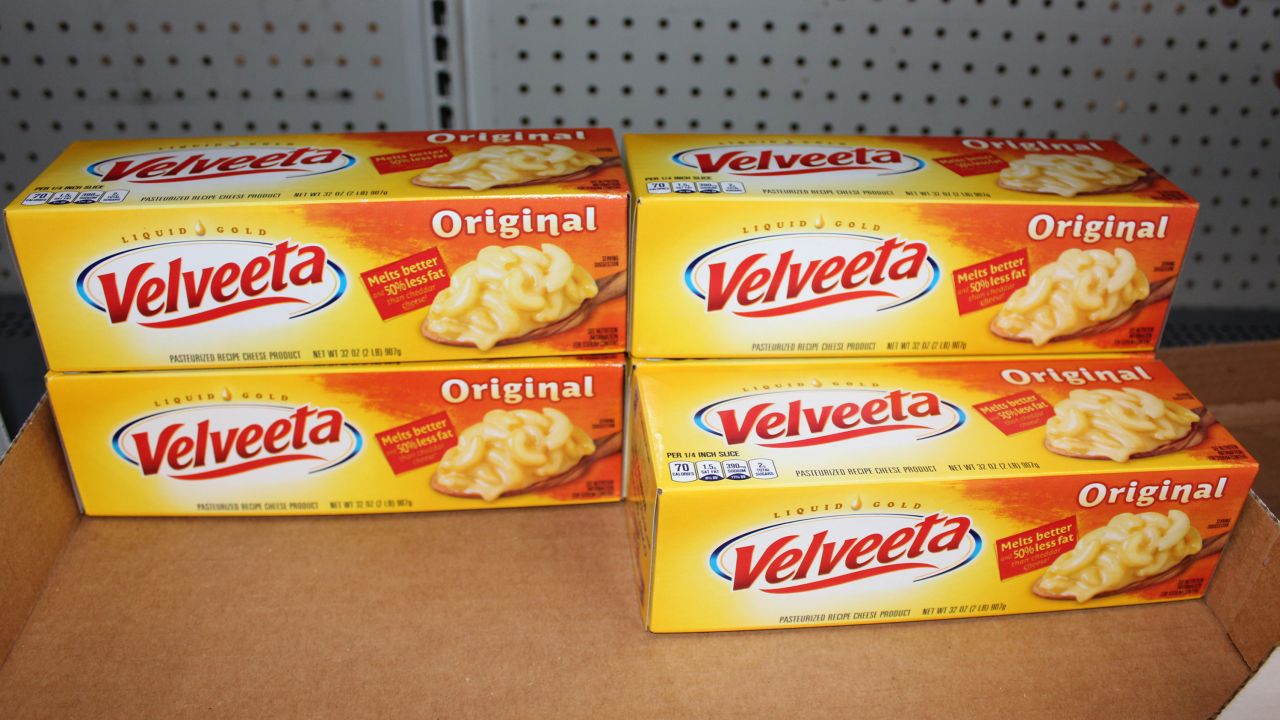
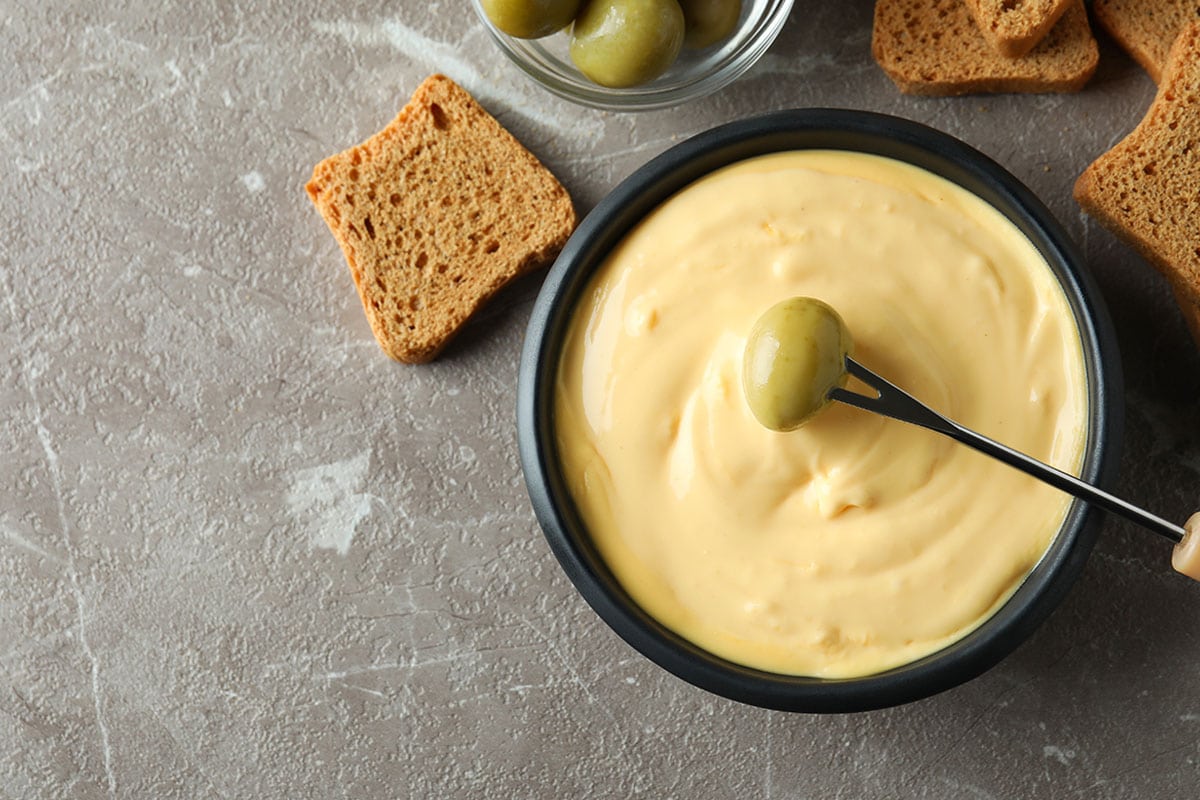
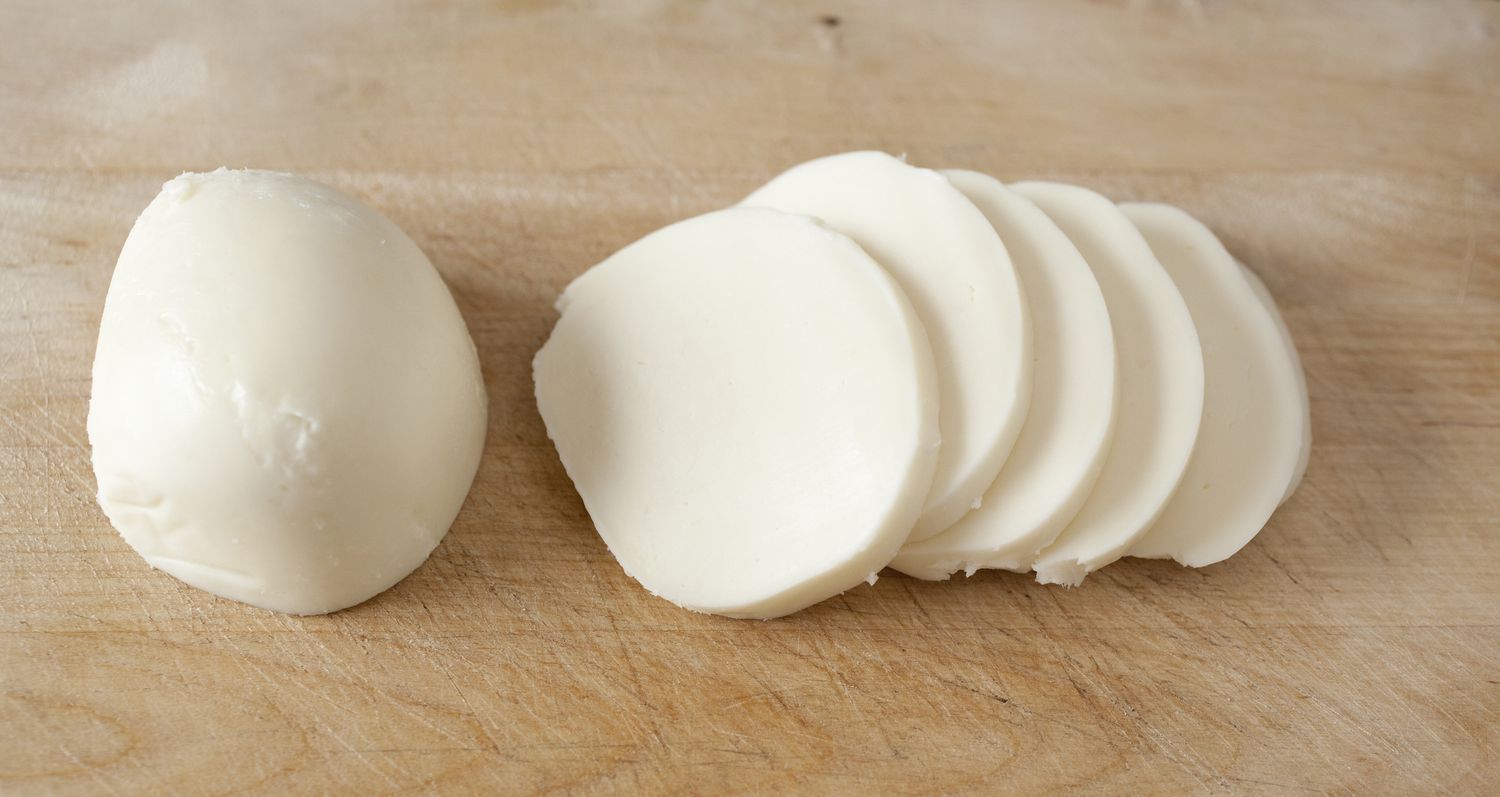




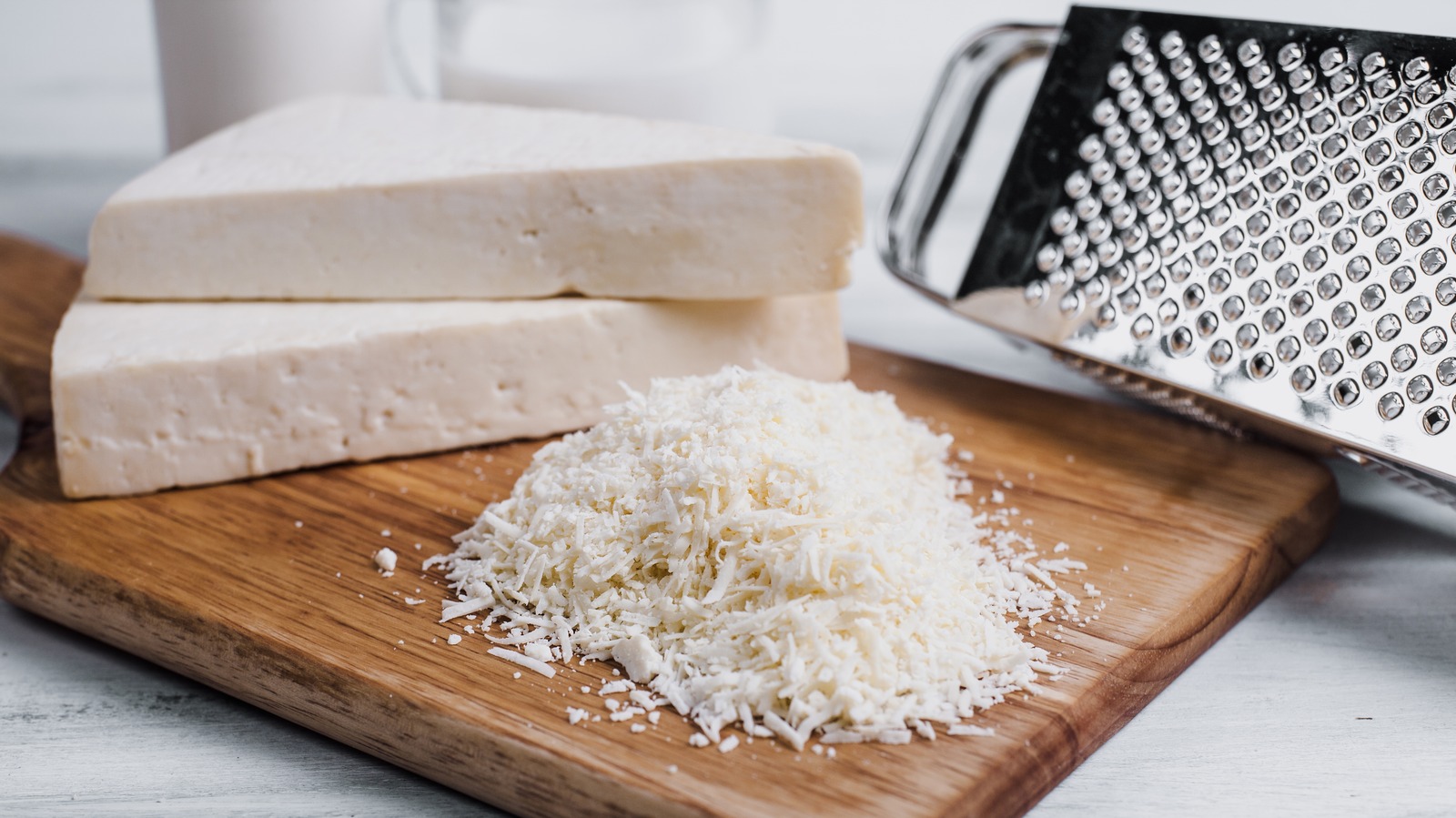
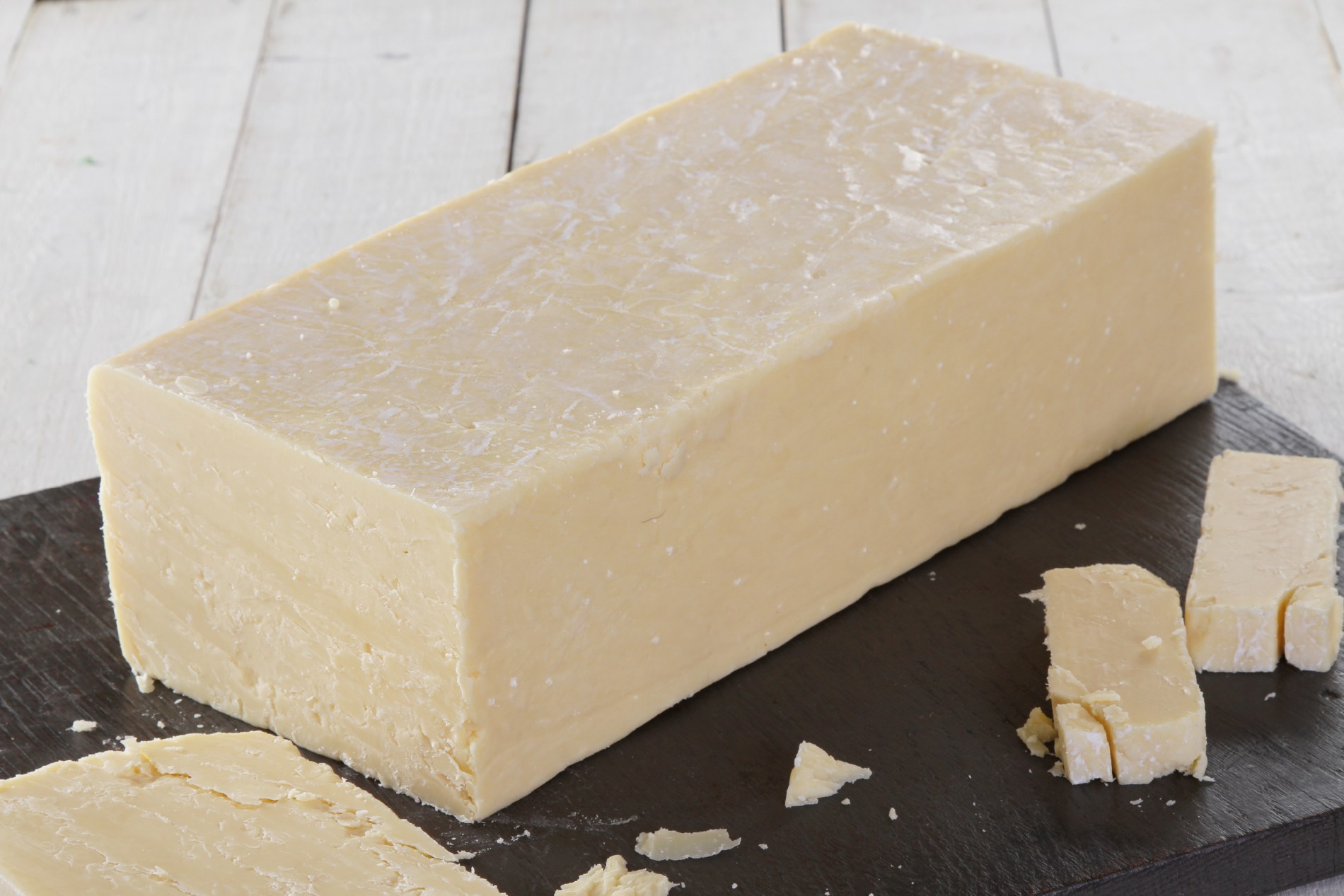


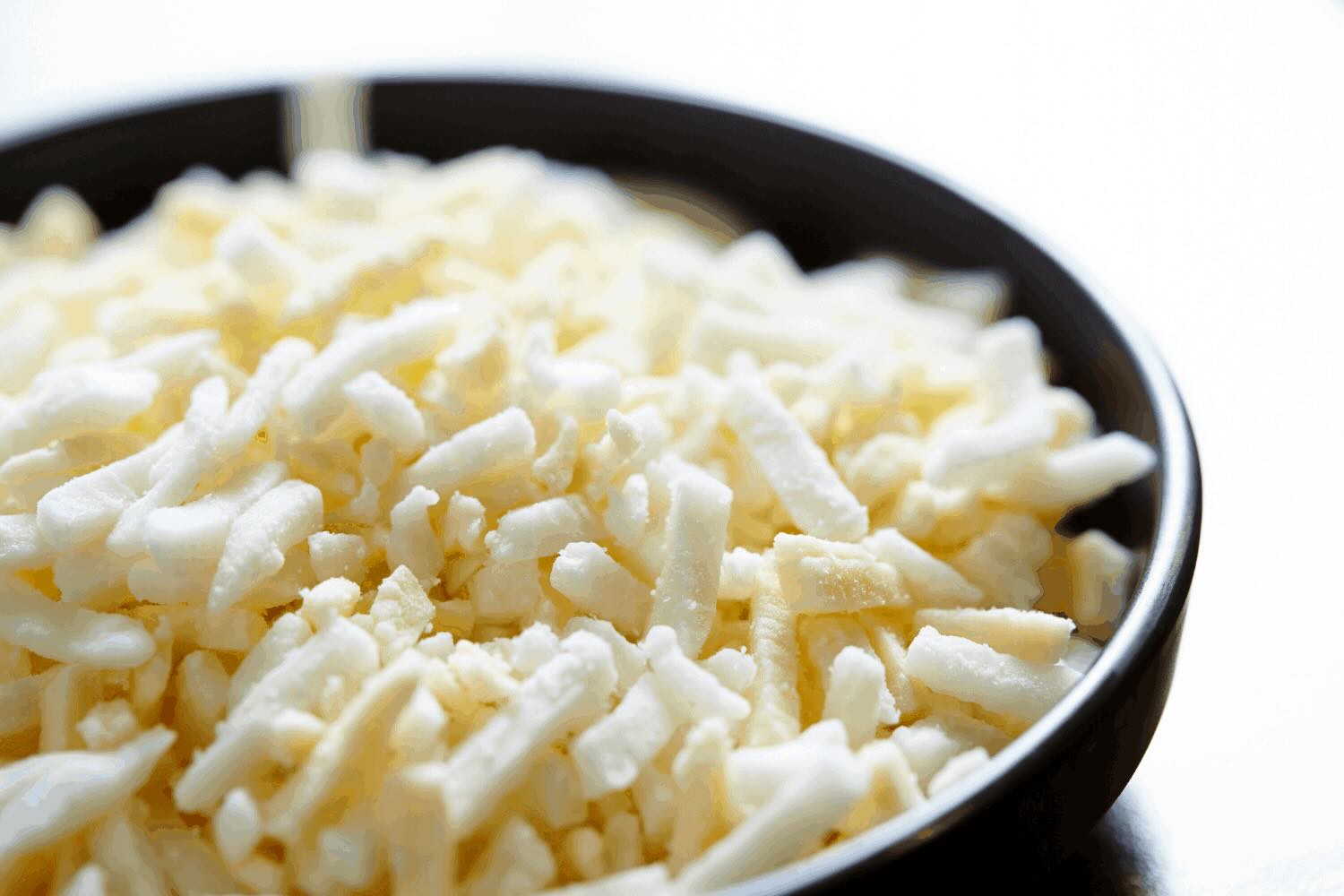

0 thoughts on “How To Store Mac And Cheese”